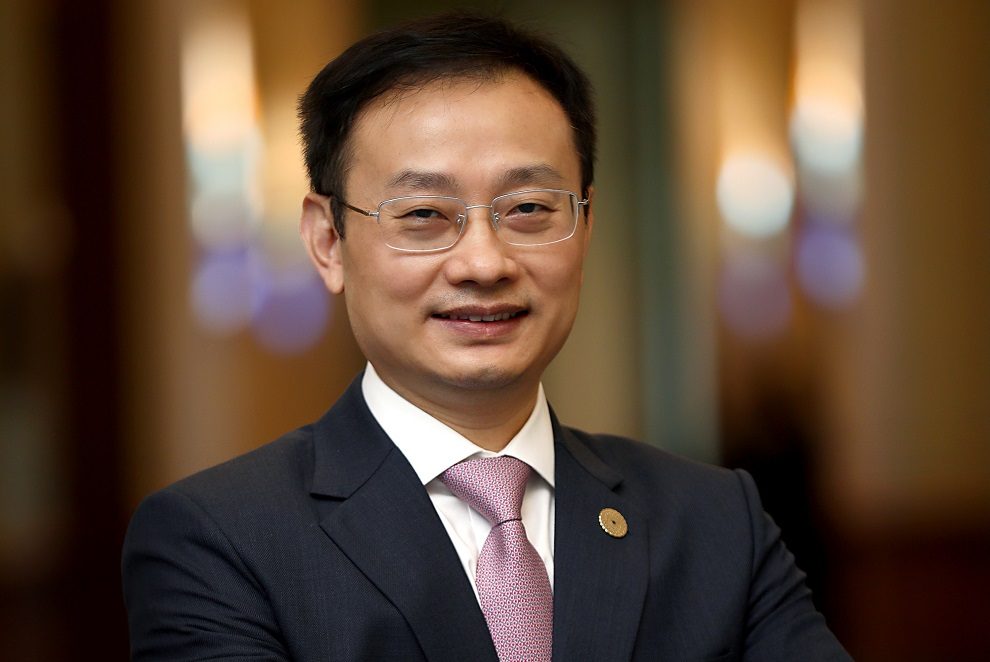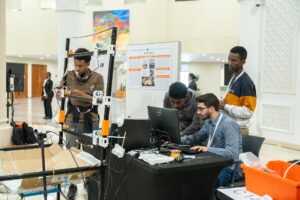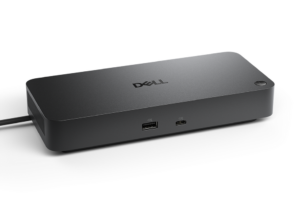By: Steven Yi, Huawei Middle East and Africa President
Innovation today represents the primary driver of technological progress, new product development, and rising competition and productivity, which are necessary for stable and sustainable economic growth. The Global Innovation Index Database, by the World Intellectual Property Organization (WIPO) reveals a direct link between the investment in innovation and high GDP per capita, while companies with sizeable R&D budgets are often market leaders.
No other company demonstrates this paradigm than Huawei, whose leadership in ICT is the result of a history of commitment to innovation. Every year, Huawei invests over 10% of its sales revenue into R&D. The company’s R&D investment reached about USD 22.38 billion in 2021, representing 22.4% of total revenue and bringing the total R&D expenditure over the past ten years to over USD 132.5 billion. By the end of 2021, Huawei held a total of 110,000+ active patents, across 45,000+ patent families. In terms of the number of patents granted in 2021, Huawei ranked No. 1 at both the China National Intellectual Property Administration and the European Patent Office, and No. 5 at the United States Patent and Trademark Office. Huawei also ranked second in the 2021 EU Industrial R&D Investment Scoreboard. Patent panorama reports published by independent third parties show that Huawei is an industry leader in the fields of 5G, Wi-Fi 6, and H.266.
Between 2009 and 2013, Huawei invested more than US$600 million into 5G technology research. Following this, in 2017 and 2018 Huawei invested almost US$1.4 billion into 5G product development. Our investment in network evolution has seen Huawei lead the 5G race. A few months ago, a leading US-based patent firm (Tech+IP) positioned Huawei at the top of its 5G patent license rankings, which include patent counts, global coverage and adherence to core technical standards. GlobalData, another data analytics and consulting company from the UK recently released a report entitled 5G Mobile Core: Competitive Landscape Assessment. The assessment concluded that Huawei 5G Core portfolio is the strongest, rated as the “leader” among all the 5G core solutions and use cases around the world. Now Huawei has taken the lead on the next evolution of connectivity technology, 5.5G, which we proposed for the first time in 2020. We will soon see 5.5G vision become a reality, enabling a 10 Gbps experience and a hundred billion connections.
In the digital economy, computing power is a new driver of production. Data itself is a core asset, and cloud and AI are the new tools of productivity. Moving forward, AI computing will account for more than 80% of a computing center’s capacity, providing the muscle for practical AI applications in all areas of life. To deliver ubiquitous cloud and intelligence, we will need to provide the ultimate computing power. Huawei’s focus on innovation has turned Huawei’s cloud platform into the world’s fastest-growing cloud ecosystem. HUAWEI CLOUD is today an essential platform for internet companies and organizations to go digital. The platform has attracted 3.02 million developers, 28,000 consulting partners, and 9,000 technical partners and released 7,400+ KooGallery products five years since launch.
While we forge a new intelligent path for the world, we must ensure progress does not come at the expense of the environment. According to third-party research, data traffic generated by digital services is expected to grow 13-fold over 2020 by 2030. This means that, unless energy efficiency improvements are made, the ICT industry’s energy consumption and carbon emissions will see a 2.3-fold increase. According to ITU, the ICT industry must reduce carbon emissions by at least 45% by 2030 to meet the United Nations Framework Convention on Climate Change (UNFCCC) Paris Agreement’s goal. At Huawei, we aim to accelerate clean energy generation, build green transportation, sites, and data centers, and ultimately contribute to zero-carbon buildings, campuses, and cities. By June 2022, Huawei Digital Power solutions have helped customers generate 588.5 billion kWh of green power and save 17 billion kWh of electricity. These efforts have offset 290 million tons of CO2 emissions, equivalent to planting 390 million trees. Huawei Digital Power looks at five areas of business globally: Smart PV, data center facilities, mPower for electric vehicles, site power, and integrated energy solutions.
Cyber security is a cornerstone of the future digital world. Huawei believes that cyber security is a shared responsibility. Challenges need to be addressed through technological innovation, knowledge sharing, standards development, verification, and other internationally credited measures. Huawei has a proven track record in cyber security globally. Over 70 cyber security certifications were awarded to Huawei, providing customers with internationally recognized security assurances. To date, the company has submitted over 65,000 standards contributions to more than 200 standards organizations. Huawei 5G base station was the first to pass the industry NESAS/SCAS 2.0 evaluation.
Progress in innovation and ICT is only possible if there’s a rich talent pool that can produce candidates with advanced skills and the leadership mindset needed to thrive in a highly dynamic digital world. While Middle Eastern universities continue to produce talented ICT practitioners that have supported the region’s economic progress. However, demand for IT solutions is accelerating. Therefore, we must continue investing in talent development to ensure that organizations have access to the qualified personnel they need to pursue their digital transformation goals.
Huawei will continue doing its part with our initiatives such as Huawei ICT Academy, the annual Huawei ICT Competition, Seeds for the Future, joint innovation centers, labs and other CSR initiatives. In the Middle East, Huawei has set up 167 Huawei ICT Academies, and more than 3,500 students have participated in the flagship program Seeds for the Future, while over 40,000 people have obtained Huawei certification. We also have trained over 120,000 ICT talents for the Middle East.
But innovation done within siloes will fail in its objectives. The digital economy is developing rapidly, and industries are going digital and setting green agendas faster than ever before. This will generate new business models, new productive arrangements, and new models for the flow of wealth. All of this means that a more open, diversified, and inclusive industry ecosystem will soon be needed. Huawei remains committed to openness and collaboration for shared success. We work with various industry and ecosystem partners to shape new mindsets, and new models for cooperation and building trust. To lead success in the digital world, multi-level collaboration across the ICT industry is neded. We actively participate in industry organizations to develop industry standards and alliance ecosystems, and work with global standards organizations, institutions, and think tanks to promote the formulation and implementation of relevant standards and industry policies. This will drive the
healthy development of ICT industry.
We are on the verge of the most remarkable shift in socioeconomic transformation underpinned by technology. There are, however, no shortcuts to progress and the path to success runs through innovations empowered by research and development.








